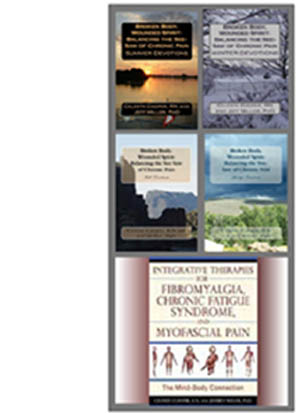In part I, here, we talked about the first 3 points to “Grooving to the Move:
Seven Points of Locomotion.”
1) First, understand the urge to slip up is not yours alone.
2) Think of exercise as movement therapy.
3) Moving for the benefit of it with the least stress.
Now it’s time to look at number four, exercising when you
have chronic pain is the personification of the three rights:
1) Right kind
2) Right amount
3) Right time
Tattoo this to your forehead.
What about when we are in a flare? Key point number six,
know your body. What are its experiences
from previous flares? Move when you can
to prevent atrophy of your muscles. Don’t overdo, there is plenty of time to get
your groove on again, just don’t forget “Everybody is doin' a brand new dance,”
there is always somewhere to join in. When movement results in relief of
symptoms, trigger points are treated, and we identify aggravating factors, we can
sit back and appreciate the good feelings. We are definitely more likely to shake
our bootie when we are able.
Number seven, certain times of the day are generally better,
such as late morning, and early afternoon (after food has settled, because when
we eat, blood is shunted from muscle and other organs to help digestion work
properly). Exercise or movement therapy, which ever appeals to your
sensibility, causes the brain to release “feel good chemicals” called
endorphins, which is great, but in excess, they can interfere with sleep, so
avoid routines or the urge to get your groove on right before going to bed.
Finding the right fitness routine for you is important;
imagine the oil lubricating stiff muscles allowing them to flow freely as you
move, instead of jerking and resisting one another like a sputtering car nearly
on empty. Remember, you are not in a marathon, doing more on Monday to make up
for a Sunday is a disaster for us. Last but not lease, enjoy what you do, find
ways to make it infectious, visualize yourself at the front of the train,
encouraging others to grab on. See if you can recruit a friend, you will be
doing each other a favor.
As a quick recap, the seven key ways to move to the groove
are:
1) First, understand the urge to slip up is not yours alone.
2) Think of exercise as movement therapy.
3) Moving for benefit with the least stress.
4) Personification of the three rights, right kind, amount and time.
5) Live by your convictions.
6) Know your body.
7) Appeal to your sensibility.
I think I’ll do a short jig. Come on, get up, just a shake
or two. Let’s get a groove on, if only for a moment or two. Now LAUGH!
All answers and
blogs are based on the author's opinions and writing and are not meant to
replace medical advice.
Celeste Cooper is a retired RN, educator, fibromyalgia patient,
and lead author of the Broken Body Wounded Spirit: Balancing the See Saw of
Chronic Pain devotional series (coauthor, Jeff Miller PhD), and Integrative
Therapies for Fibromyalgia, Chronic Fatigue Syndrome and Myofascial Pain: The
Mind-Body Connection (coauthor, Jeff Miller PhD) She is a fibromyalgia expert
for Dr. Oz, et al., at Sharecare.com, here, and she advocates for all chronic pain
patients as a participant in the Pain Action Alliance to Implement a National
Strategy, here. You can read more
educational information and about her books on her website, http://TheseThree.com












No comments:
Post a Comment